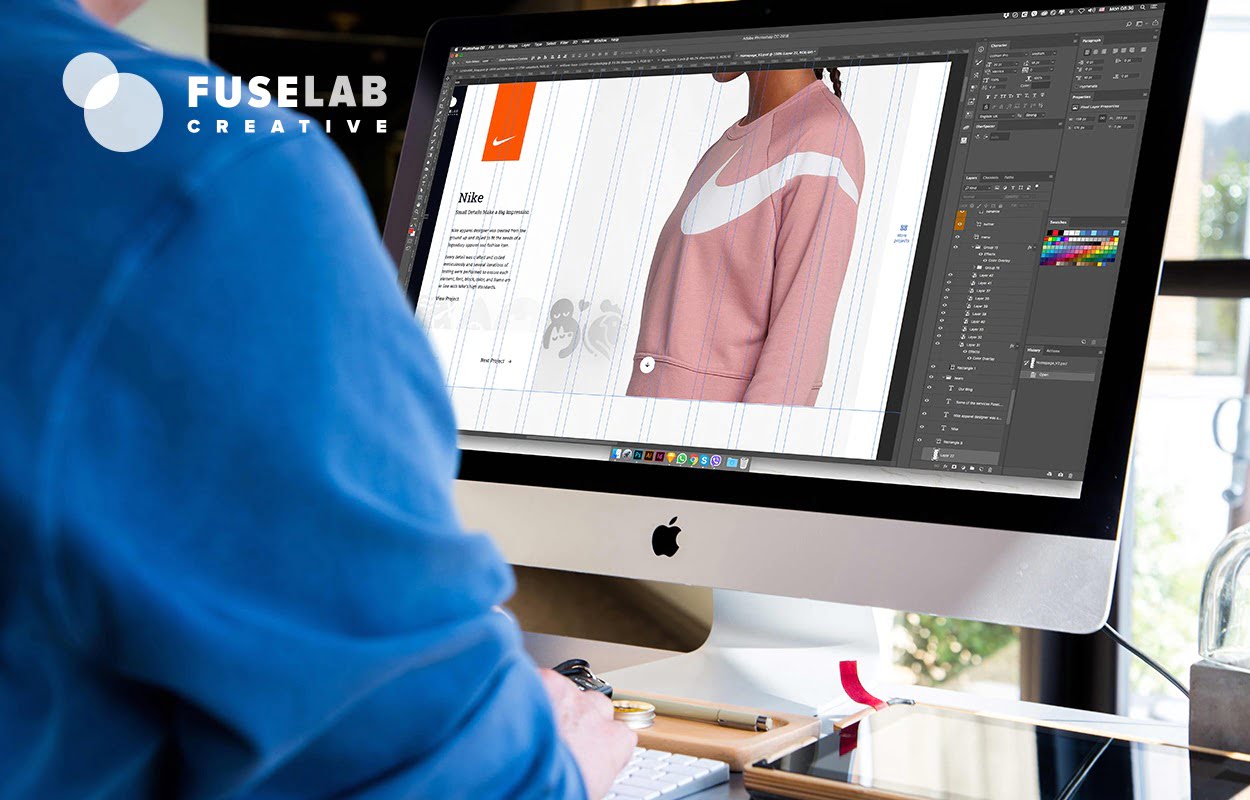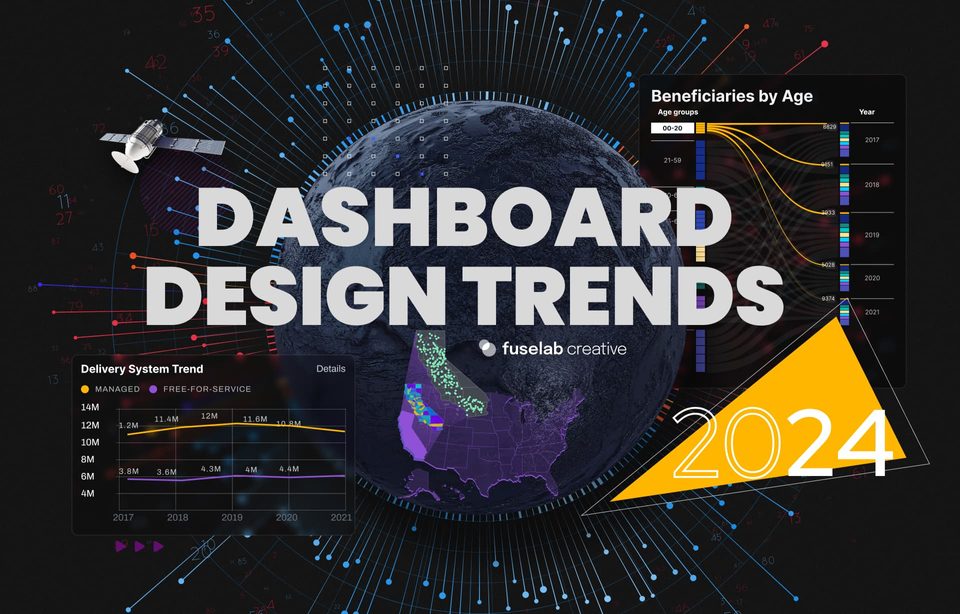The Secret to Designing Websites that Matter

2017 was a big year for web designers. From the supremacy of mobile usage to fresh new saturated color schemes, from customized high-impact fonts to integrated animations, technical advances have given designers a ton of new tools to play in 2018.
But we’re here to make the case that the secret to creating truly great websites is a profound understanding of client’s needs and goals. To make a good website UX that can fully express the client’s brand and grab users’ attention, you’ll need to understand your clients even better than they may understand themselves.
Connecting through technology
The key to harnessing the power of the new technology available to designers is to maintain a laser focus on the end user. Design technology needs to connect with and empower website users, not simply dazzle them visually.
As Josh Haynam of Interactive Quiz Builder comments,
“2018 will be the year of interactivity. Consumers crave a more personalized and entertaining experience when it comes to how they connect with brands.” The journey to great website design in 2018 starts with telling users a story, understanding the customer’s personality and offering them a unique brand that creates a personalized connection.
Bruno La Versa, a senior digital designer at Lightful, suggests that animations, such as animated logos and revamped GIFs, can play a key role in this interaction: “Storytelling and personality is something that new and old brands are working on to capture users’ attention, and animations are starting to play a bigger role in this.”
In-depth use of personas
Website designers can stand out to their clients by building deep, well-researched buyer personas into their designs.
Personas, a long-standing building block of marketing strategy, are simply summaries of the needs and objectives of specific groups of target users, usually presented as a fictional character with particular traits and characteristics.
Persona-led design will keep your website customer-centric. It can be a basis for “choose your own adventure” design and customizing web experiences for different market segments. A website designed for buyer personas is able to delight the end-users, motivate them to remain true to a brand, and attract more leads.
Writing in Forbes, designer Paula Borowska points to increasing awareness in 2018 that a clear understanding of buyer personas has a major impact on the effectiveness of web design:
“There is a lot we can learn from talking to the target audience, including how to speak to them on our websites or Twitter, what pain points they are facing, what delights them, and so on.”
Essentially, today’s web designers will only stand out when they focus on the quality of the interaction with the customer, not merely the quantity – so forget about vanity metrics and make some real human connections.
Customer journey mapping
Designers need to boost their in-depth understanding of the end user with real-world data on variations in user behavior. Different personas may need to be guided through different customer experience journeys. Personas will need to be tested against real user behavior. An effective design must, therefore, be based on detailed and well-developed customer journey maps.
Journey maps should start with a clear understanding of the client’s business goals. From there, designers can start building journey maps that are designed to achieve those goals. You can help the client to focus in on each communication point with the user and see how they can improve the experience at each step.
The client should see you as a member of their marketing team. You should use customer journey mapping and user data to tell them things about their users that they didn’t know themselves. If you’re redesigning an existing site, use your current data to plot out user behavior and map out the customer journey.
If you’re working from scratch, use wireframes to plan out a variety of user scenarios built around user behavior. As Stuart Hogg, a marketing consultant at Google, puts it, customer journey mapping can give your client “a greater understanding of how customers are currently interacting and engaging with [their] brand, and also help illustrate how [their] products and services fit into their lives, schedules, goals, and aspirations.”
What’s more, designing for buyer personas and journey mapping pays significant dividends. A report by the Aberdeen Group, “The CMO Dilemma: Bridging the Gap Between Love and Money,” found that a focus on the buyer and their journey resulted in a 50% higher return on investment.

Website design is not just a technical pursuit
Many designers still continue to think of themselves as providing a technical service. They aim to create websites that look good, work well, and include all the required content. We believe that website designers should aim higher.
The mobile-first website design should be a personal pursuit as much as a technical one. Designers should pursue a genuinely deep understanding of their client’s needs and goals. They should apply in-depth personas and customer journey maps to build websites that both reflect where the client organization is now, and where it is hoping to go. Every design team follows the best design trends to amaze you with their creativity.
Dazzling website design not only requires technical excellence – it requires that the designer find ways redefine an organization, both visually and contextually, in a way that the client themselves would never have dreamed of – and still perfectly capture the essence of who the client is and where they are heading.



